Click below to watch the video:
Investigating the pre-Islamic gods of Hubal and Dushara. How could they both be the leading deities; one in Petra and the other for the Quraysh tribe?
Transcript
Video #11 This is a general transcript of a Dan Gibson video in the series: \*Archeology and Islam.\*
Hello, and welcome to another video in the series Archeology and Islam. My name is Dan Gibson and today we want to examine a question that viewers have asked about pre-Islamic gods. Their question is: If Petra is the original Mecca, then why is Dushara the main god worshiped in Petra, why is he not mentioned in the Qur’an? And why does the Qur’an mention Hubal, who was the main god worshiped in Mecca, why is he not found in Petra?
This will be the first of several videos that will deal with pre-Islamic idols. So let’s first start with is the god Hubal. In future videos I will deal with other idols, such as: Al Uzza, Al Kutbe, Al Lat and so forth. So we have lots of ground we can cover.
But in this particular video I want to deal with Hubal. He was the God of the Quraysh tribe the highest god for them in Pre-Islamic times.
This idol was so important that Muhammad’s grandfather, his name was Abdul Mutalib, he took young Muhammad down to Hubal, down to the temple and had him dedicated to the god Hubal. Both Ibn Hisham and Al Tabari tell us this, so it comes from trusted sources. (Ibn Hisham 37 & Tabari Vol 5: pg 271)
Ibn Hisham (Ibn Hisham 32) tells us that ‘Abdul- Muttalib was cleaning out a be’er, or an old well or cistern near the Ka’ba in the sacred area. That beer or that cistern was known as Zamzam. While cleaning it out, he found some ancient armor, and some gold. The Quraysh tribe claimed that they had a right to share in this find. ‘Abdu’l-Muttalib denied this, but he was willing to submit the matter to a sacred lot. He said that he would make two arrows for the Ka’ba, two for the Quraysh people, and two for himself. The two arrows which came out from the quiver would determine, to whom, the property belonged. This was agreed on by everyone and so he made these different arrows for the Ka’ba, and for himself and for the Quraysh. And they were then given to the priest in charge of the divine arrows, which were thrown beside the idol for Hubal, which was an image in the Ka’ba area, indeed the greatest of their images. It says. He then drew the arrows from the quiver to determine who should get parts of the treasure.
Then there is another story (Ibn Hisham 33) when ‘Abdu’l-Muttalib encountered the opposition of Quraysh when he was digging out Zamzam. He vowed that if he should have ten sons to grow up and protect him, he would sacrifice one of them at the Ka’ba. Afterwards when he had ten sons he told them about his vow. They agreed to obey him and asked what they were to do. He said that each one of them must get an arrow, write his name on it, and bring it to him. They did this, and he took them before the idol of Hubal and he took them to the idol Hubal beside the Ka’ba.
You will have to read from Ibn Hisham 33 to get the end of the story.
But for now, we know that Hubal was an idol, in the sacred area, near the Ka’ba. Hisham Ibn Al-Kalbi tells us in his Book of Idols that seven arrows were placed before the image, which were cast for divination, for difficult cases such as if somebody had killed somebody, or virginity, and marriage; or these kinds of questions.
These stories are from Islamic history. But what dot the archeologists and historians tell us? Over the years there has been a lot of speculation about Hubal. Historians and archeologists have suggested many things. Some suggested Hubal was the brother of al El-Lat, some have suggested that Hubal was a lunar deity, and some have suggested that South Arabian mythology was based on a trinity of Moon-father, Sun-mother and the evening star (Venus), which would have been Hubal was the son, and so forth. The problem is that many historians like to spout ideas, without much evidence behind them. You see, there is not a single scrap of concrete evidence that ties Hubal with Southern Arabia, or even the area around Mecca. There are only sources of information from a couple of places, that I am aware of. The first is in early Islamic literature, and the second is from ancient inscriptions and graffiti.
Now, let’s have a look at some of these, but before we get to the inscriptions let’s consider this. In 1994 a man named Robert Morey authored a book and he called it: The Moon-god Allah in the Archeology of the Middle East. In this book Robert Morey tried to identify Hubal as a moon god, and claimed that worshiping Allah evolved from Hubal, and thus making Allah a “moon god” as well.
The very next year, in 1995, Steven van Nattan began promoting these ideas through a website known as Balaam’s Ass. This view was picked up by various anti-Islamic publications in the United States.
The next year, in 1996 Janet Parshall, hostess of the talk show In The Market with Janet Parshall, asserted that Muslims worship a moon god. From there the concept of Hubal & Allah being a moon god spread, mostly by word of mouth, or through un-informed people.
These views of Hubal have been studied by Muslim and western scholars, who have always insisted that there is no real evidence to link Hubal and Allah together, nor to connect them with being a moon-god.
So where did Hubal come from? Islamic sources give us some clues. Al-Azraqi informs us that ‘Amr ibn Kuhayy brought a statue of Hubal from Hit in Mesopotamia and he set it up beside the Ka’ba. It was visited by people during the pre-Islamic pilgrimage, and they would shave their hair in Hubal’s presence. He says the statue was made of quartz with a golden hand.
The gold hand is explained to us by Ibn al Kalbi in The Book of Idols, where he tells us that the statue of Hubal came from “Al-Balqa in Bilaad as-Sham,” so it came from Damascus. And it had one raised right hand but it was broken off. The Arabs repaired the right hand with a golden hand. This is an important point and we will come back to that in a moment. Just have this picture of Hubal, this God with his hand raised, and repaired with a golden hand up there.
Now some people have thought that Hubal was just a made-up name, and that there never was a Hubal. But that all changed when archeologists found the name Hubal written in stone, and in inscriptions and in graffiti.
Throughout modern Arabia there are many bits and pieces of graffiti scratched on rocks and canyon walls. I have found them all over, and lots of people have found them.
Among the Thamudic graffiti can be found Bin Hubal as a name, or “the son o Hubal.” So the name does exist. (Healey 2001)
Hubal’s name appears later, about the year 25 BC, before the turn of the century, in a Nabataean inscription from the city of Pozzuli in Italy. (Healey 2001) This city was a port city for Rome, and a place where Arab and Nabataean merchants gathered. It appears that there was a Nabataean temple there, and mention of the name of Hubal, and the Son of Hubal was found in a Nabataean temple in Italy.
The most important place where Hubal is mentioned is on a tomb inscription, and this is in the ancient Nabataean city of Meda’in Saleh. This city is somewhat like Petra, There are 138 Nabataean tombs there. Indeed, next to Petra, Meda’in Saleh is the second largest of the Nabataean burial cities.
Hubal is mentioned in different ways, but if we go to Tomb number 39. Now this is a picture of that tomb.
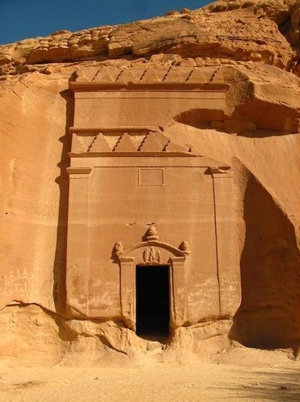
Tomb 39
There is an inscription written at the top. The inscription tells us that it was written in year nine of the king, and curses would come on whoever sells or buys the tomb, or removes anyone or anything from the tomb. It then says, whoever does not act according to what is written above will be liable to Dushara-Hubal, and Manaat, in the sum of a thousand coins to be paid to the priest, unless they produce a letter from the family.
Now this is a most interesting and fascinating inscription, because it pairs Dushara and Hubal together, and then mentions a second god, Manaat.
Now let’s think about this for a moment. Two gods are clearly mentioned here. The second was Manaat, which we will look at in a future video. But the main deity, the here is Dushara-Hubalu or Hubal. You see, in the the Nabataean script, the preposition “Li” means “and”. And here in this inscription li is used for Dushara, it is used for Manaat. But it is missing in the name Hubal. In effect the two names are joined together. Hubal and Dushara are paired together making it: Dushara-Hubalu. You don’t see it in the English translation but you see it clearly in the Nabataean script.
The pairing of these two gods together open up a great window of understanding.
But how can two gods be joined together?
Well, let’s consider for a minute because the answer quite simple. The name Dushara is actually made of two words. Dhu - and Shara. Dhu means one. The One of the Shara mountains. One Now the Shara mountains are the mountains that runs down through Petra and into Arabia. And the name originates though, in the Petra region in Petra. This is the god who is The One, .. from the one we understand the world Lord … the One of the Shara mountains. or the Lord of the Shara Mountains.
No name is given for this deity. Archeologists and historians they have long wondered ‘who is this god?’ What was his name? This One of the Shara Mountains. The Lord of the Shara Mountains. And here we find an inscription that mentions, The Lord of the Mountains, Hubal. And here we find an inscription that mentions The Lord of the Mountains, Hubal. If this is truly right, then everywhere it says Dushara, it also means Hubal. That is what this inscription is telling us.
Remember, we have very little written history of the Nabataeans. But we have thousand of graffiti written in the deserts. Short sentences here and there, that archeologists have to piece together. We have the odd archeological discovery of an inscription that is actually written on a building or a rock that is a formal inscription. These we have to look at. Monumental Nabataean and so forth. But when we look at this, this is a Monumental Inscription, on a tomb, and it puts together Hubal and Dushara.
Now remember when I read that Hubal was the chief god of the Quraysh, and that there was a temple there, beside the Ka’ba, and an idol beside the Ka’ba in the sacred area.
If I go to Petra, this is exactly what I find. Beside the Ka’ba is a temple, dedicated to Dushara. Now we know that the Islamic records call him Hubal, but in Petra records call him Dushara, Lord of the Mountains and the tomb in Meda’in Saleh tells us that Hubal was The Lord of the Mountains!
So we can bring these things together and now we can identify in Petra this temple. Here in the early Holy City for Islam, we can identify the temple, and it is only a stone’s throw away from the first original Ka’ba! We have talked about that in previous videos.
With this in mind, let’s explore a bit further, and try to understand ‘who is Hubal?’ What kind of God was he? Can he be found in other places?
In all of the stories we read so far, it is clear that the origin of Hubal, the statue of Hubal came from further north, up in Syria. Philip Hitti believes that the name Hubal came from an Aramiac root. And so he says that Hubal was made up of two words had an Aramaic root. The prefix is Hu, the Aramaic term for spirit or god and was prefixed is Baal. Hu Baal. This is also true in the Moabite language, so Hubal is He of Baal, or the God of Baal.
This association with Baal opens up many new possibilities. Interestingly enough, there are some surviving statues or engravings of Baal, and he is portrayed as a man, holding something up in his right hand. An inscription found in Ugarit shows something.
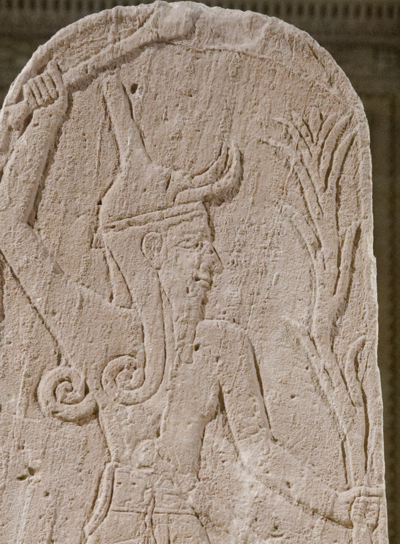
Baal from the Ugarit Inscription
The left hand holds a stick, maybe leaves and perhaps a flower, or club. The right hand is holding a large stick with something on the end. I am not sure what it is, some people have said maybe it’s a lightning rod, and other people have said, maybe he has a weapon of some sort. We are not sure what’s in his hands. Maybe they are some kind of sticks for throwing for divination? We don’t know, but Baal is portrayed as someone with his hand up.
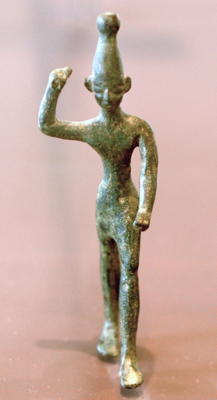
Statue of Baal
Now there is also a small statue of Ba’al that has survived. This statue shows us Baal with his right hand raised, but holds nothing in it. Whatever was in it has been lost over the centuries. It is easy to see why a statue might survive with the right hand broken off. Apparently the Arabs who got this idol fixed the broken hand of Hu-Baal or Hubal and they used gold and the raised and put his right hand up. And this idol stood near the original Ka’ba, and the people used it for divination.
But as we said, the only major temple standing near the Ka’ba was Dushara, the Lord of the Mountains. And we see these two come together, And so we see that Hubal and Dushara and Baal come together, and are recognized as being names for much of the same deity. Now Palmyra is an ancient city that was associated with Nabataean merchants. In that city there is a temple dedicated to Baal-Shamin. We can tell that by an inscription on the building that clearly tells us that it is dedicated to: Baalshamin.
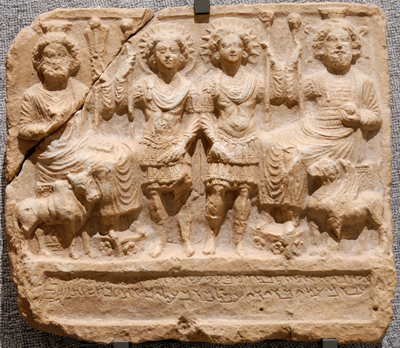
Limestone relief
This limestone relief is dated January 121 AD and is in the Museum of Fine Arts, Lyon. Thankfully it was saved from the recent destruction of ancient temples and sites in Syria. There are many similarities between Dushara and Shamin. Both are male deities, both are supreme gods, both are ruler of the heavens. In fact, Dr. John Healey, the world expert on the religion of the Nabataeans, considered Dushara, Baal-Shamin, and Qos, and so forth, all to be the same deity, but worshiped under different names. (REFERENCE) Hu-Baal and Baal Shamin appear to be much the same god as well. Just different names used by different people in different places and appear in different times in history. Even the God Hadad appears to be much like the other gods that appear to be there. Even their temples looked very much the same.
For example, here is Dushara’s temple in Petra, known as Qasr al Bint. Not far away we can go look at Dhat Ras and we see that it looks much the same. And then there is a temple over in Tannur that looks much the same. And in Sii, up in Syria, they have a temple there for ah, Baal-shamin, (Photos provided in the video) but we also have Dushara there, so even there they are associated together. And in Petra, there is an inscription that tells us that Baal-Shamin is the god of the kings of the Nabataeans. It mentioning many of the kings and their families by name. Baal Shamin? We thought Dushara was for the king? How can Baal-Shamin be the Lord of the King? Because the main temple in Petra is for Dushares? If we go to the Turkmaniyeh tomb. We see it says there, it tells us that the god of the King: is Dushara. It says it very plainly. So once again, Baal-shamin and Dushares are both attested to in the same city, as being the principle deities. This is confirmed from a text from ‘Ayn esh-Shallaleh where both Baal-shamin and Dushara are described as the Lords of the king. So here we have two names for the same god.
So what have we learned? The god Baal-sharma is mostly found in inscriptions in Syria in the north. However, we are also told that at some time in the past, an Arab brought the idol of Hubal from Syria down to the Holy City, and it became a snare to the Quraysh so much so, that it was located right beside the Ka’ba. Muhammad’s grandfather, Abdul Mutalib used this idol when he needed to know things. Arrows were thrown for divination. We know that Abdul Muttalib dedicated the prophet Muhammad as a young boy to this idol. And when we go to Petra, we discover that there is indeed a temple right beside the Ka’ba; right beside the Ka’ba. It is a temple to Dushara, the Lord of the Mountains; that name is lost to us but we know from the inscription in Meda’in Salih that this is the god Hubal.
And Hu’Baal, and Baal-Shamin, these all are coming around meaning the same thing. The Lord of the Mountains and it appears as the Shara mountains and the Lord of the Mountains all the way through.
We if we links Hubal and the ancient worship of Baal in the far north together we find interesting things.
Now Christianity had triumphed over the Roman Empire It overcame it by peace, rather than by war. And so in Rome the worship of idols had come to an end. But in Arabia, the old gods still survived. And the Quraysh were caught up in idol worship until Muhammad and others came preaching that there was only one God.
In closing, let me make one brief observation; about, how many historians have approached idol worship. Because we have so little evidence, we are restricted to graffiti and a few inscriptions on temples or graves.
It has become common practice for those looking back at history, right from Ibn al Kalbi and his Book of Idols, all the way down to today, people have identified dozens of gods. Maybe even hundreds of gods.
And so they will point out in Sii there seems to be a temple to Baal Shamin right beside a temple to Dushara. They could not be the same gods because they have different temples. Instead they argue every temple had a different god.
But when they come to Petra, they have problem identifying three churches side by side. They call them the blue church, the red church and so on. They do not suggest that Christians worshiped multiple gods! They happily accept that there are different views, and practices, and teaching, and different ways of worship that have created different kinds of churches.
I think the same can be said for the pagan world. Even though we find several temples in the same area, each dedicated to a god with a different sounding name, this does not mean that the people at that time saw them as totally different gods. A Roman may call him Zeus, while a Nabataean called him Dushara.
Many of the god names are descriptive. Now imagine someone telling you that Christians worship different Gods. That in one church they worship the God called Love, while in another they worship the God called Grace, and in another they worship the God Baptism. Different names on a building, they don’t necessarily mean different gods.
I think the same thing applies to pagans. Obviously there were several different deities, but we still do not understand the pagan religions of pre-Islamic Arabia well enough to go around making big bold statements. But I do believe we can identify Hubel and Hubal’s temple, and it is right where it should be: Right beside the Ka’aba; in Petra.
I am Dan Gibson, and this has been another video in the series Archeology and Islam.
Bibliography
Healey, John, Religion of the Nabataeans: A Conspectus, Brill Academic Pub, 2001
Hishām, Faris, (1952), Book of Idols, translated from Arabic, Ibn-al-Kalbi
Hitti, Philip, History of the Arabs, Palgrave Macmillan; 10 edition , 2002
Ibn Hishām, (2010) English Translation online
Al- Ṭabarī, Ḥajjāj b. Yūsuf , The History of Al-Tabari, various volumes and translators, State University of New York Press
Credits
Norbert Nagel : Possuoli Photo
Owen Cook : Temple Baal Shamen in Palmyra
Pond5 for footage
Marie-Lan Nguyen : Baal Shamin photograph
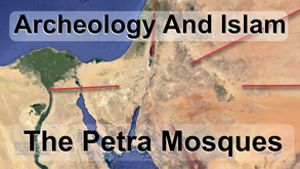
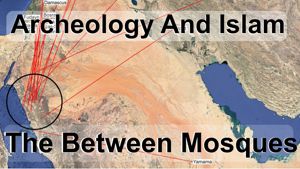
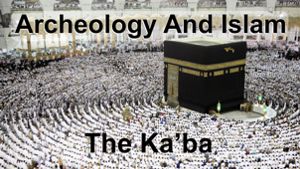
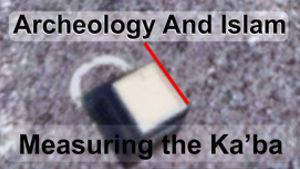
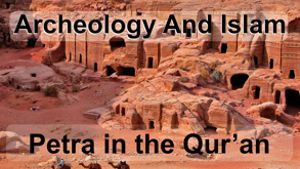
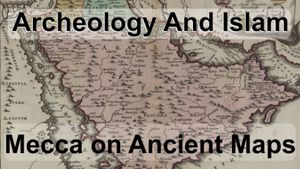
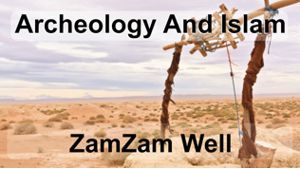
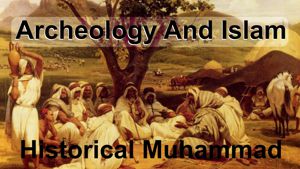
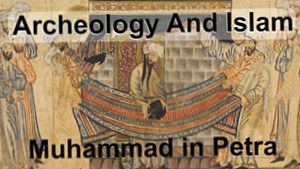
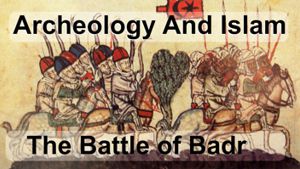
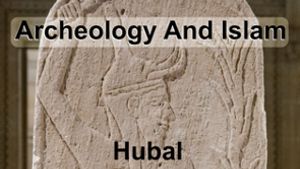
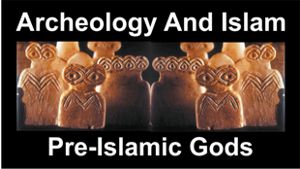
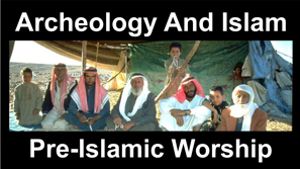
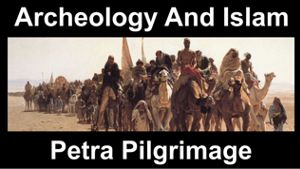
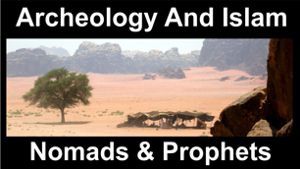
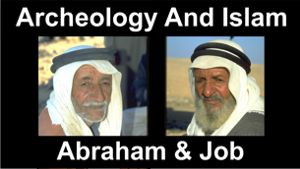
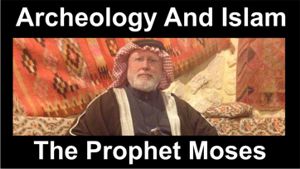
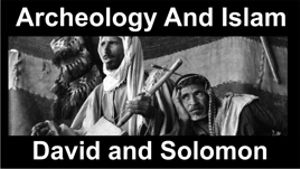
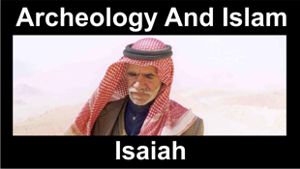
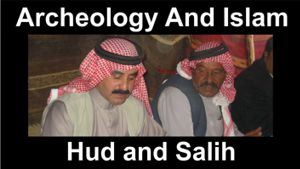

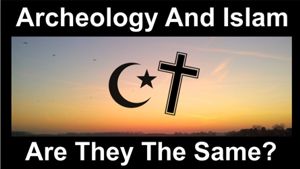
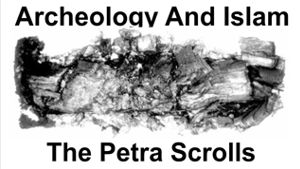
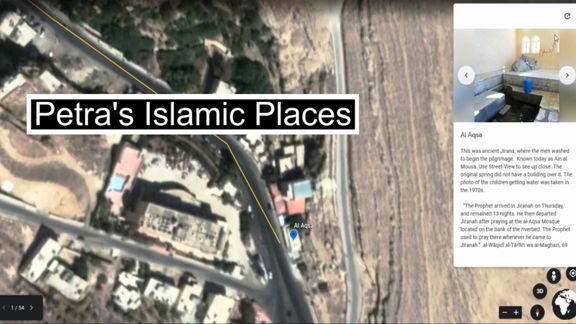

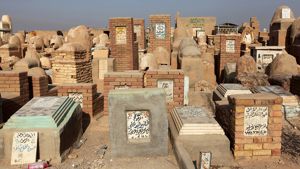
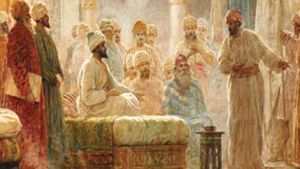
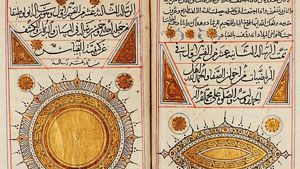
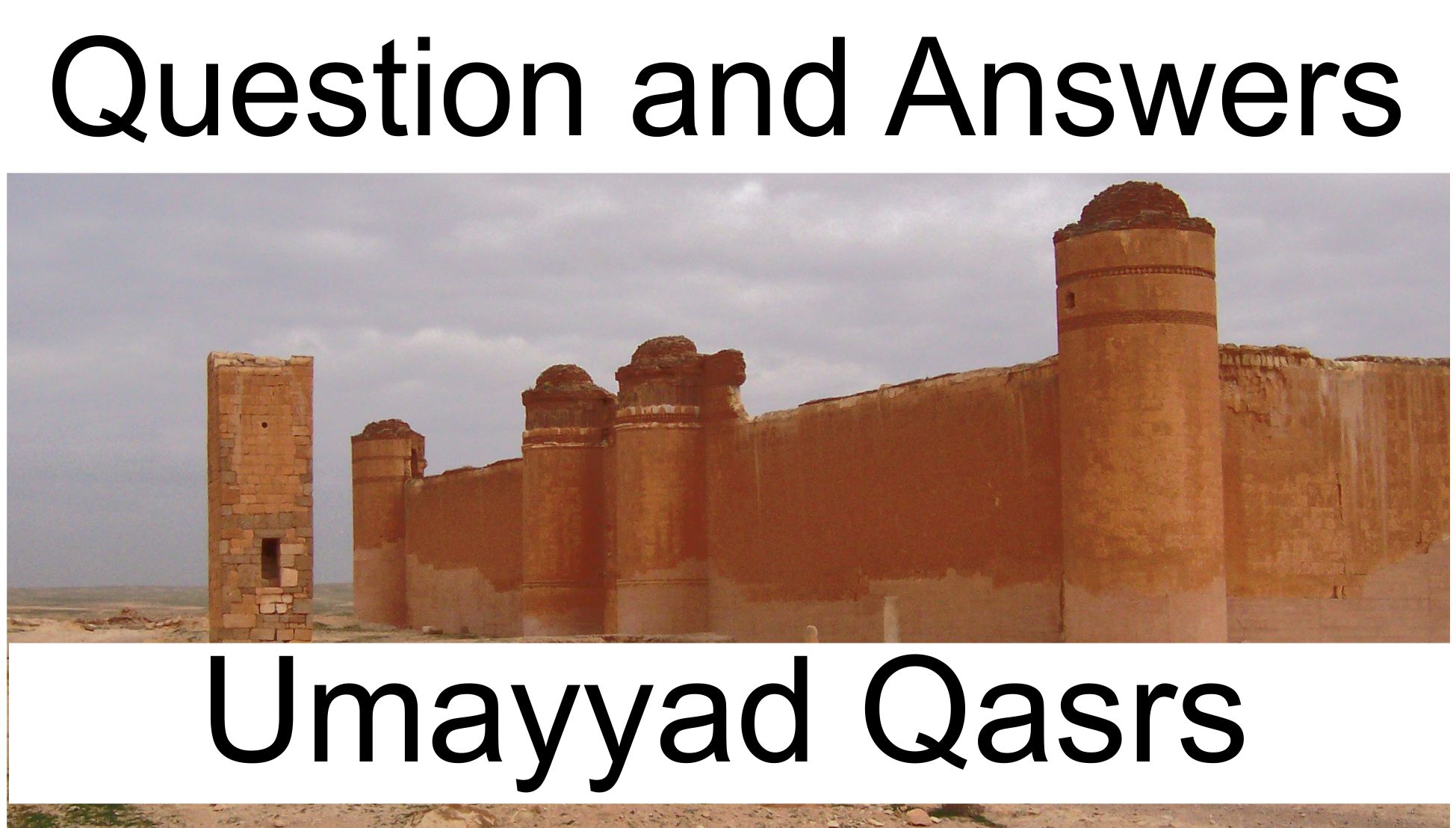
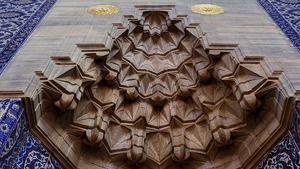
Page Discussion
Membership is required to comment. Membership is free of charge and available to everyone over the age of 16. Just click SignUp, or make a comment below. You will need a user name and a password. The system will automatically send a code to your email address. It should arrive in a few minutes. Enter the code, and you are finished.
Members who post adverts or use inappropriate language or make disrespectful comments will have their membership removed and be barred from the site. By becoming a member you agree to our Terms of Use and our Privacy, Cookies & Ad Policies. Remember that we will never, under any circumstances, sell or give your email address or private information to anyone unless required by law. Please keep your comments on topic. Thanks!